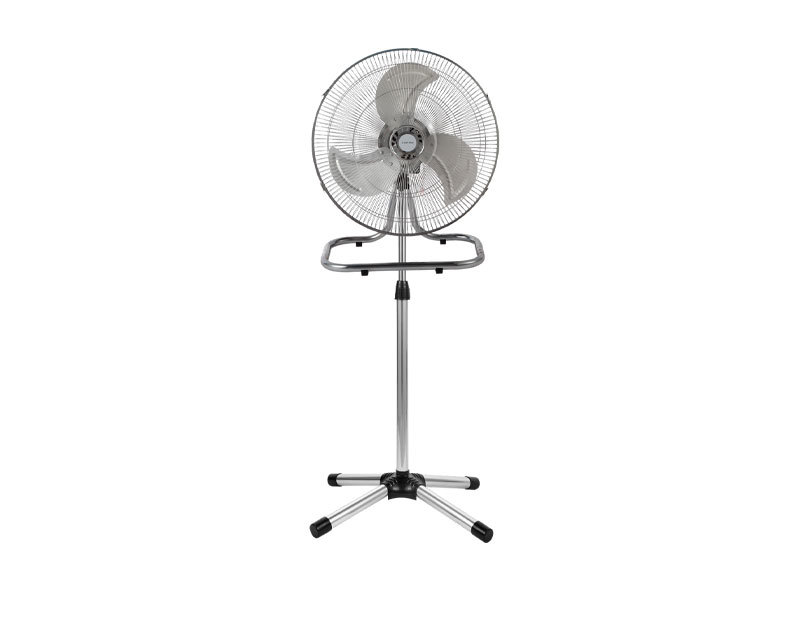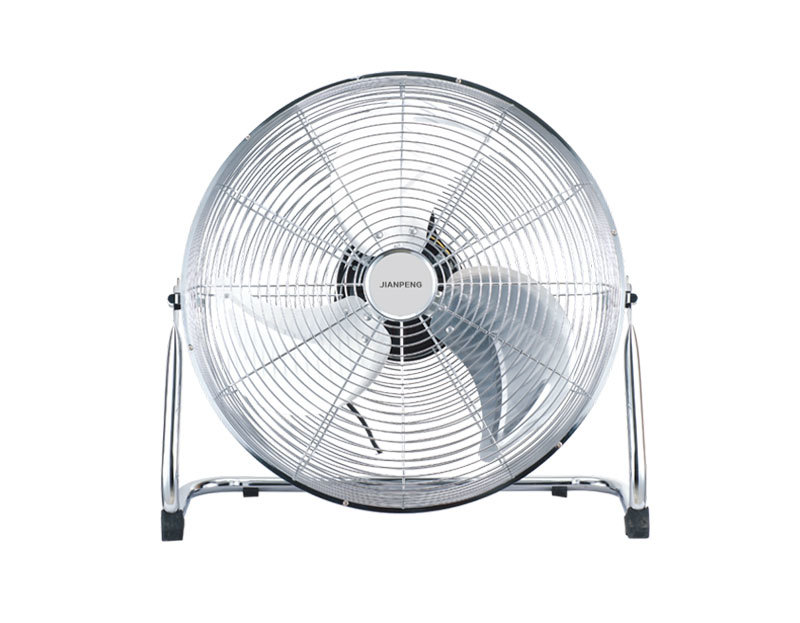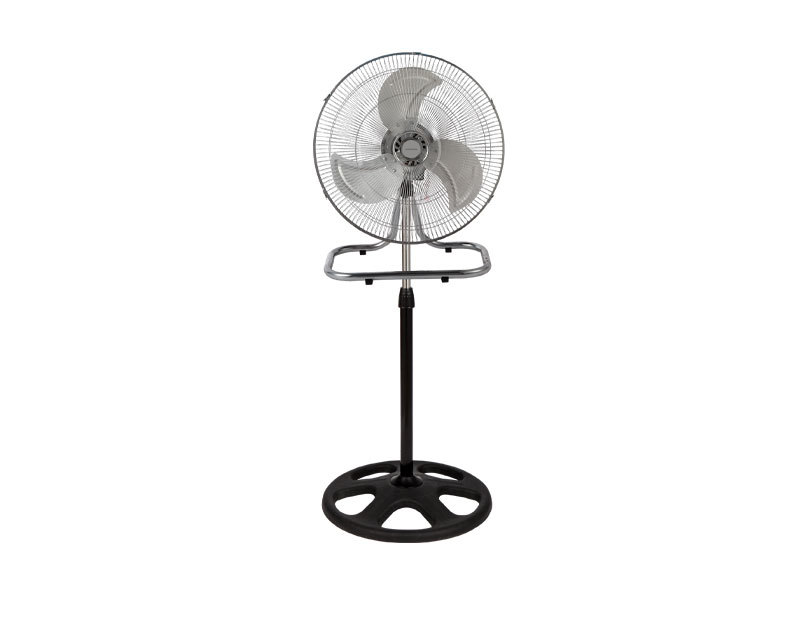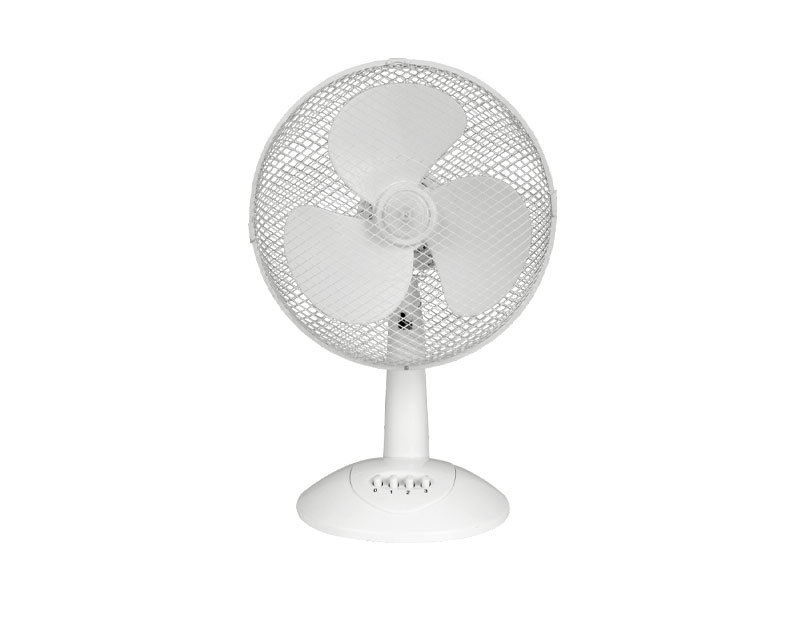News Center
2025-01-01
The Future of Cooling Air Fans: Trends to Watch
The Future of Cooling Air Fans: Trends to Watch
Table of Contents
- Introduction to Cooling Air Fans
- The Rise of Energy-Efficient Cooling Solutions
- Smart Technology Integration in Cooling Air Fans
- Design Innovations: Aesthetic Meets Functionality
- The Impact of Air Quality on Fan Technology
- Sustainability in Cooling Air Fan Manufacturing
- Consumer Preferences Shaping Future Designs
- FAQs About Cooling Air Fans
- Conclusion
Introduction to Cooling Air Fans
Cooling air fans have long been a staple in homes and offices, providing a cost-effective solution to combat rising temperatures. As the climate continues to change and temperatures soar, the demand for efficient and effective cooling solutions has only increased. In this article, we will delve into the exciting future of cooling air fans, focusing on emerging trends that are set to redefine how we experience comfort in our living spaces.
The Rise of Energy-Efficient Cooling Solutions
Energy efficiency is at the forefront of innovation in cooling air fan technology. Consumers are becoming more environmentally conscious, seeking products that not only cool effectively but also consume less energy. Manufacturers are responding to this demand with advanced technologies, such as:
1. Brushless DC Motors
Brushless DC (BLDC) motors are gaining popularity because they offer higher efficiency and lower noise levels compared to traditional AC motors. These motors can reduce energy consumption significantly, making them an attractive option for eco-conscious consumers.
2. Variable Speed Settings
Modern cooling fans often come equipped with variable speed settings, allowing users to adjust the airflow according to their needs. This flexibility can lead to energy savings, as users can run the fan at lower speeds during cooler hours or when less airflow is required.
Smart Technology Integration in Cooling Air Fans
As smart home technology continues to proliferate, cooling air fans are not being left behind. The integration of smart technology allows for greater control and customization, enhancing user experience and convenience.
1. Remote Control and App Integration
Many new models of cooling air fans come with remote control capabilities, allowing users to adjust settings from anywhere in the room. Additionally, some fans can be controlled via smartphone apps, providing even more flexibility and functionality.
2. Voice Activation
With the rise of smart assistants like Amazon Alexa and Google Assistant, cooling air fans can now be operated through voice commands. This hands-free operation adds a layer of convenience, making it easier for users to manage their comfort without needing to physically interact with the device.
Design Innovations: Aesthetic Meets Functionality
The design of cooling air fans has evolved dramatically, moving beyond the traditional boxy designs. Modern consumers are looking for products that not only perform well but also complement their home decor. Key design trends include:
1. Sleek and Minimalistic Designs
Contemporary cooling fans now feature sleek, minimalistic designs that can seamlessly integrate into various interior styles. This trend is driven by consumer preferences for products that enhance rather than detract from their living spaces.
2. Multi-Functional Units
Many cooling fans are now designed to serve multiple purposes. For instance, some models combine cooling features with air purifying capabilities, allowing consumers to invest in a single unit that addresses multiple comfort needs.
The Impact of Air Quality on Fan Technology
As awareness of indoor air quality increases, cooling air fans are adapting to help consumers ensure a healthier living environment. Manufacturers are incorporating features that focus on air purification and filtration.
1. Advanced Filtration Systems
Newer cooling air fans come equipped with advanced filtration systems that can capture dust, allergens, and other pollutants. This trend not only enhances air quality but also promotes overall health and wellness for users.
2. Humidity Control Features
Some cooling air fans are now designed to help manage indoor humidity levels. By incorporating dehumidification capabilities, these fans help create a more comfortable atmosphere, especially in humid climates.
Sustainability in Cooling Air Fan Manufacturing
Sustainability is a crucial consideration in the production of cooling air fans. As consumers become more environmentally conscious, manufacturers are looking for ways to minimize their ecological footprint.
1. Eco-Friendly Materials
The use of sustainable materials in manufacturing cooling fans is on the rise. From recycled plastics to sustainably sourced wood, these materials not only reduce environmental impact but also appeal to eco-minded consumers.
2. Energy Star Certification
Many consumers actively seek out Energy Star-certified appliances, including cooling air fans. This certification indicates that the product meets strict energy efficiency guidelines set by the EPA, providing consumers with peace of mind regarding their energy consumption.
Consumer Preferences Shaping Future Designs
Consumer preferences are a driving force behind the evolution of cooling air fans. Understanding what modern users want can help manufacturers develop products that truly meet market demands.
1. Customizable Features
Consumers enjoy personalization in their products, and cooling air fans are no exception. Customizable features such as color, size, and performance settings are becoming more popular, allowing users to tailor their cooling solutions to their unique preferences.
2. Portable and Compact Designs
With increasing urbanization, many consumers are living in smaller spaces where portability is key. Manufacturers are responding by creating compact and lightweight cooling air fans that can be easily moved or stored, making them ideal for apartments and smaller homes.
FAQs About Cooling Air Fans
1. What is the difference between a cooling air fan and an air conditioner?
Cooling air fans circulate air to create a wind-chill effect, while air conditioners cool the air by removing heat and humidity. Fans are generally more energy-efficient and cost-effective than air conditioners.
2. How do energy-efficient cooling fans save energy?
Energy-efficient fans utilize advanced motors and technology that require less electricity to operate, leading to lower energy bills and reduced environmental impact.
3. Can cooling air fans improve indoor air quality?
Yes, many modern cooling air fans come equipped with filtration systems that can help remove dust and allergens from the air, improving indoor air quality.
4. Are smart cooling air fans worth the investment?
Smart cooling air fans offer convenience and advanced features that can enhance user experience. They can be a worthwhile investment for those who value technology integration in their home.
5. What should I look for when buying a cooling air fan?
Consider factors such as energy efficiency, noise levels, design, additional features (like air purification), and portability when selecting a cooling air fan.
Conclusion
The future of cooling air fans is bright, marked by innovations in energy efficiency, smart technology, and design aesthetics. As consumers become more informed and discerning, manufacturers must adapt to meet these evolving demands. By embracing sustainability and focusing on enhancing user experience, the industry is poised for a transformation that will redefine our comfort and convenience in the years to come. Whether you are looking for energy-efficient solutions or smart technology integration, the next generation of cooling air fans promises to offer a variety of options that cater to your unique preferences and needs.
Related News
Contact Information
 sales01@gdjianpeng.com
sales01@gdjianpeng.com
 86-0757-26323793
86-0757-26323793
 http://www.gdjianpeng.com/
http://www.gdjianpeng.com/
 No.19 shuikou Cang, Chongyuan Industrial Zone, Xincun, Beijiao Town, Shunde District, Foshan city, Guangdong Province
No.19 shuikou Cang, Chongyuan Industrial Zone, Xincun, Beijiao Town, Shunde District, Foshan city, Guangdong Province
Copyright © 2022 Foshan Shunde Jianpeng Industrial Co., LTD.
Powered by:300.cn Shunde SEO
business license

 Language
Language 










 18923212913
18923212913  sales01@gdjianpeng.com
sales01@gdjianpeng.com  18923212913
18923212913  Message
Message 